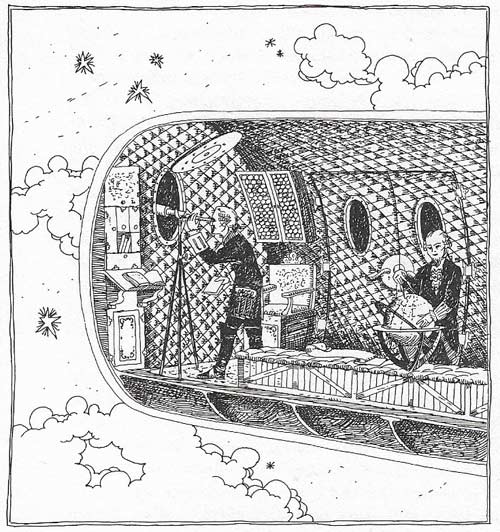Tucker, George (1775–1861)

In Voyage to the Moon, published in 1827, author George Tucker made an attempt at "science" fiction. Tucker's spaceship, loaded with scientific equipment, rose to he Moon by virtue an antigravity material called Lunarium.
George Tucker was an American science fiction writer (under the pseudonym Joseph Atterley) and Chairman of the Faculty of The University of Virginia while Edgar Allan Poe was a student. In A Voyage to the Moon with Some Account of the Manners and Customs, Science and Philosophy, of the People of Morosofia, and Other Lunarians (New York: Elam Bliss, 1827), he describes a trip to the Moon involving a spacecraft coated with the first antigravitic metal (see antigravity) in literature, a forerunner of H. G. Wells' Cavorite. This work is filled with the same kind of specualtion as Poe's "The Unparalleled Adventures of Hans Pfaal (1835) and "The Thousand and Second Tale of Scheherazafe" (1845).
Tucker describes his lunar vehicle as follows: "The machine in which proposed to embark was a copper vessel that could have been an exact cube of six feet if the corners and edges had not been rounded off. It had an opening large enough to receive our bodies, which was closed by double sliding panels, with quilted cloth between them". A metal calledLlunarium was used to "overcome the weight of the machine, as wellas its contents, and takeus to the moon".
Tucker's second science fiction work, A Century Hence or, a Romance of 1941 (edited from his manscript, 1977), deals with overpopulation, which was one of the major themes of Poe's future world in "Mellonata Tauta" (1845).


